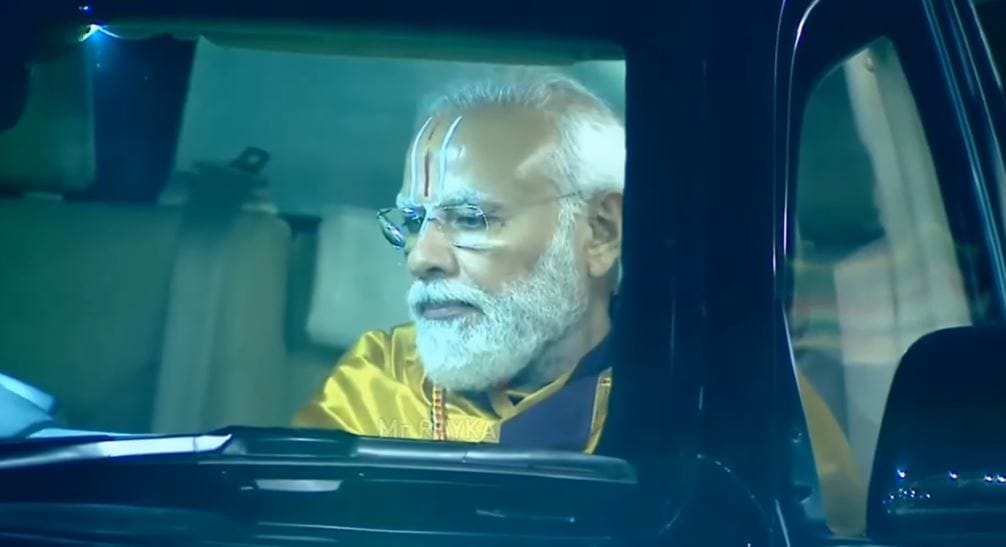Introduction: Navigating Political Stability
In the 2024 Indian general elections, the electorate decisively endorsed Prime Minister Narendra Modi for a third consecutive term. This victory not only reaffirmed Modi’s political dominance but also signaled a preference for stability over radical change. This editorial delves into the strategic, economic, and diplomatic implications of Modi’s choice to maintain the status quo, examining the underlying factors and future trajectory of his administration.
Strategic Stability in Governance
Modi’s recent cabinet reshuffle and policy decisions highlight a significant trend towards maintaining stability. Despite the infusion of new faces, the core team and their strategic directions remain largely unchanged. This decision underscores a preference for stability, particularly in key sectors such as finance, defense, and external affairs.
Focus on Established Economic Theories
The reconstitution of the NITI Aayog exemplifies this stability. All five full-time members, including Vice Chairman Suman Bery, have been retained. Bery, along with economists like Arvind Virmani and Vijay Kumar Saraswat, brings a wealth of experience from previous administrations. This decision reflects a strategic choice to rely on established economic theories and practices, ensuring policy consistency.
Diplomatic Stability: Navigating Global Politics
In the realm of diplomacy, Modi has opted for experienced hands to steer India’s foreign policy. The appointment of Vinay Kwatra as India’s ambassador to the United States is a testament to this approach. Kwatra’s extensive experience and previous roles in China and the US are expected to bring stability and continuity to India’s diplomatic efforts.
The Role of Experienced Bureaucrats
Key positions within Modi’s office, such as Principal Secretary P.K. Mishra and National Security Advisor Ajit Doval, continue to be held by seasoned bureaucrats. Their extended tenure underscores Modi’s trust in their capabilities and the importance of stability in executing long-term strategic plans.
The Economic Paradigm: Balancing Stability and Innovation
Modi’s economic policies, while rooted in stability, also exhibit elements of innovation. The emphasis on infrastructure development, digital economy, and financial inclusion continues unabated. However, the integration of new ministers and advisors aims to inject fresh perspectives, balancing the need for stability with the demands of a dynamic economic landscape.
The Agricultural Sector and Technological Advancements
NITI Aayog member Ramesh Chand’s focus on agricultural economics highlights the administration’s commitment to modernizing this crucial sector. By leveraging technology and innovative practices, Modi aims to enhance productivity and ensure sustainable growth, reflecting a nuanced approach to stability and change.
Coalition Dynamics: Managing Diverse Interests
The coalition nature of Modi’s government necessitates careful management of diverse interests. The inclusion of new Union ministers as special invitees to the NITI Aayog demonstrates an effort to accommodate coalition partners. This strategic inclusion ensures broader representation while maintaining the core team’s stability.
Balancing Regional and National Interests
Chief Ministers like Andhra Pradesh’s Chandrababu Naidu and Telangana’s Revanth Reddy play pivotal roles in shaping regional policies. Their participation in the NITI Aayog’s governing council is expected to introduce alternative development models, fostering a more inclusive growth paradigm that balances regional and national interests.
Institutional Stability: The Backbone of Policy Formulation
The reshuffling and appointment of advisors across various academic, scientific, and economic institutions indicate a strategic stability in policy formulation. This approach ensures that the ideological and institutional profiles of key personnel align with Modi’s broader vision, reinforcing the administration’s stability.
Future Prospects: The Road Ahead
As Modi’s third term unfolds, the emphasis on stability is expected to persist, with strategic adjustments to accommodate emerging challenges. The administration’s ability to balance stability with innovation will be crucial in navigating the complex political and economic landscape of contemporary India.
Conclusion: The Quantum of Stability
In the realm of Indian politics, Modi’s strategic embrace of stability reflects a calculated choice to prioritize continuity over radical change. This approach, while maintaining the status quo, also integrates elements of innovation and adaptability. As India moves forward, this delicate balance between stability and change will define the trajectory of Modi’s administration, ensuring sustained growth and development.

Sunil Garnayak is an expert in Indian news with extensive knowledge of the nation’s political, social, and economic landscape and international relations. With years of experience in journalism, Sunil delivers in-depth analysis and accurate reporting that keeps readers informed about the latest developments in India. His commitment to factual accuracy and nuanced storytelling ensures that his articles provide valuable insights into the country’s most pressing issues.



